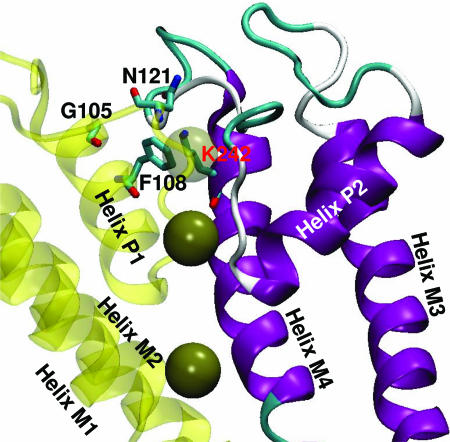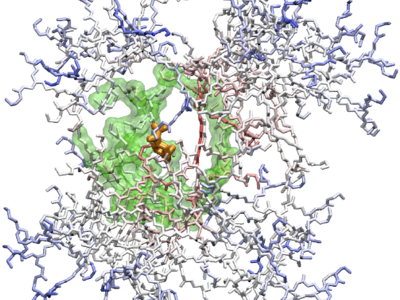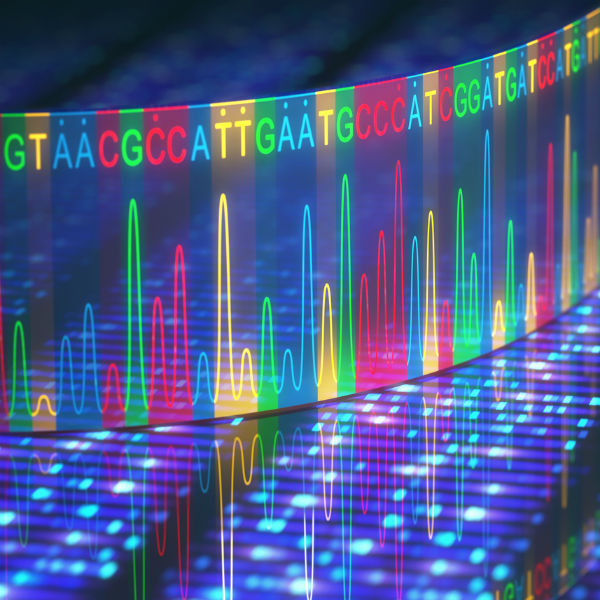Center for Bioinformatics, Simulations and Modelling (CBSM)
First, in Latin America, the University of Talca created a School of Engineering in Bioinformatics. Since 2004, scientific work is conducted within the Bioinformatics Engineering School and the constant development of new scientific projects led to the legal establishment of the Center for Bioinformatics, Simulations, and Modeling (CBSM) in April 2012. The foundation of the CBSM led to the generation of an organizational structure within the center, which allows sustainability and long-term projection.
The CBSM stimulates the formation of young scientists qualified to generate knowledge in the areas of Structural Biology, Genomics, Computational Chemistry, and Biophysics. It offers a multidisciplinary work environment provided by scientists with backgrounds in diverse natural sciences like Biology, Chemistry, Physics, Genomics, and Pharmaceutical Sciences among others. Every year, Ph.D. candidates from various doctoral programs come to the CBSM to work with our scientists. Likewise, students of the Bioinformatics Engineering School can participate in ongoing and up-to-date research projects. On average, 10 Bioinformatics students do their final theses every year at CBSM.
The creation of the CBSM facilitates the formation of collaborations with national and international institutions outside of the University of Talca. A particular focus lays on the establishment of partnerships that connect computational sciences like Bioinformatics and experimental sciences. The connection between these two major scientific areas enhances the generation of scientific knowledge by taking advantage of well-established scientific procedures from both fields and employing them to focus and enhance research projects. Furthermore, the formation of the CBSM allows its positioning as a center of excellence and contributes to the establishment of the Bioinformatics Engineering School as an example in the superior educational system.
Objectives of CBSM
The aim of the CBSM is the guidance of investigation in the area of Bioinformatics at the University of Talca and beyond. Thus, supporting the progress and improvement in other scientific areas like Biotechnology, Medicine, and Agriculture.
To conduct this ambition, the following objectives are considered:
- Manage efficiently financial, scientific and human resources of the Bioinformatics Engineering School to maximize the scientific production.
- Generate new knowledge in the area of Bioinformatics and contribute to the formation of highly qualified scientists.
- Develop instruments for technology transfer and implement activities to provide advanced training and skill enhancement.
CPU Clusters
- HP Blade BL420C – 1 Headnode, 32 nodes, 256 Core CPU, 8 cores CPU 8 GB RAM per node.
- Ethernet 1Gbps e Infiniband 10Gbps.
- HP Generic – 1 Headnode, 12 nodes, 192 Core CPU, 32 GB per node.
- Ethernet 1Gbps e Infiniband 52Gbps.
GPU Clusters
Total 8 Nodes 64 GPU – 128 CPU.
6 Nodes:
- 48 Nvidia Geforce Titan X Pascal
- 12 x Intel® Xeon® processor E5-2620 v4, 8C, 2.1 GHz.
2 Nodes:
- 16 Nvidia Tesla k80 24 GB
- 4 x Intel® Xeon® processor E5-2620 v4, 8C, 2.1 GHz 20M, 85W.
Servers
- Dell R850 – 32 Cores CPU – 32 GB RAM
- Dell R850 – 64 Cores CPU – 64 GB RAM
- Dell R850 – 32 Cores CPU – 32 GB RAM
- HP Dl380 – 24 Cores CPU – 64 GB RAM
- Exxact – 128 Cores CPU – 256 GB RAM
- HP DL360p – 12 Cores CPU – 24 GB RAM







